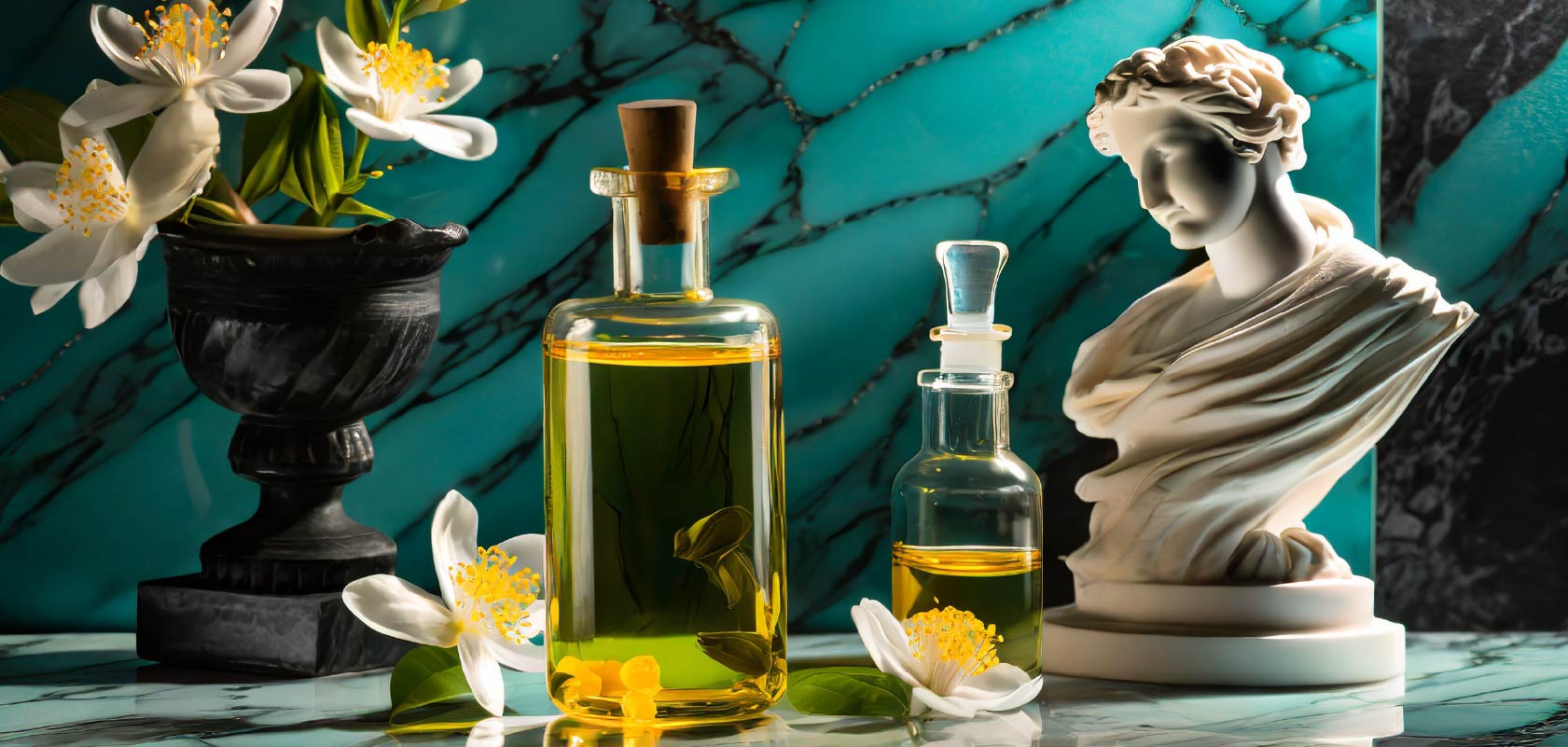1. What is the Aromatic Profile and Appearance of Neroli-oil?
Neroli, also known as orange flower oil, offers an enchanting aroma and delicate appearance. This precious essence comes from the blossoms of the bitter orange tree, Citrus aurantium. Its sweet, floral, and citrusy notes create a refreshing and captivating fragrance. The appearance of the neroli oil is a translucent, pale-yellow liquid, extracted through a meticulous process that captures the essence of nature’s elegance.

2. Where Does it Come From?
Neroli-oil finds its origins in the Mediterranean region, where the bitter orange tree thrives in the warm climates of countries such as Italy, Spain, and Tunisia. The name “neroli” itself pays homage to Anna Maria de la Tremoille, Princess of Nerola, who popularized the use of bitter orange blossoms in the 17th century. Farmers carefully harvest the blossoms, usually in late April to early May when they are in full bloom, to ensure the highest quality of the essential oil.
3.Why is it So Valuable in Perfumery?
It holds a place of prestige in the realm of perfumery, owing to its complex and alluring fragrance. The oil’s composition includes a rich blend of various chemical constituents, such as linalool, limonene, and nerolidol, which contribute to its unique olfactory profile. The delicate balance of floral, sweet, and citrus notes makes neroli a versatile ingredient that complements a wide range of other aromas. The labor-intensive extraction process increases its value, as it requires a vast number of blossoms to yield a small amount of oil.
The rarity of the the orange flower essence, coupled with its exquisite scent, makes it a prized ingredient in high-end perfumes and colognes. Perfumers appreciate neroli-oil for its ability to add depth, sophistication, and a touch of timeless elegance to fragrances. Whether used as a top note to provide an initial burst of freshness or as a heart note to impart a lingering floral warmth, it’s versatility enhances the overall olfactory experience.
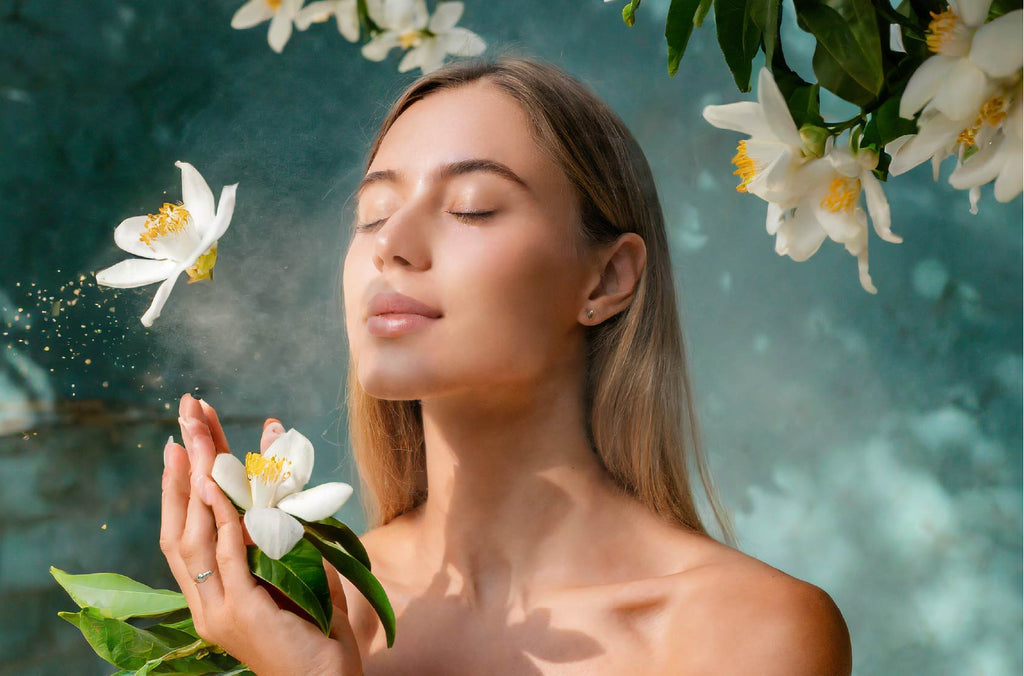
4. In what perfume blends is Neroli commonly found?
Orange flower oil is a chameleon in the world of fragrance, seamlessly blending with various notes to create diverse olfactory experiences. Perfume makers commonly use it in floral compositions, where its sweet and floral tones harmonize with other blossoms like jasmine, rose, and lavender. Additionally, it is a staple in citrusy blends, where its inherent citrus notes complement and enhance the brightness of fruits such as bergamot, lemon, and orange.
The fragrance pyramid of many classic and modern perfumes often features neroli as a key component. Its inclusion in both feminine and masculine fragrances speaks to its universal appeal. It’s ability to bridge the gap between different scent families makes it an essential ingredient for perfumers seeking to create well-balanced and timeless compositions.

What are the Health Benefits?
Beyond its enchanting aroma, neroli oil offers several health benefits recognized for centuries. Traditionally, people have used it for its calming and soothing properties, making it popular in aromatherapy. Inhaling the scent of neroli oil reduces stress, anxiety, and promotes relaxation. Its therapeutic effects also extend to skincare, where it rejuvenates the skin, reduces scars and stretch marks, and regulates oil production.
The antimicrobial properties of the orange floweroil make it a valuable addition to skincare routines, aiding in the prevention of acne and other skin conditions. The oil’s gentle nature also makes it suitable for sensitive skin, adding a luxurious touch to natural beauty products. As a holistic remedy, people continue to appreciate neroli oil for its contribution to both mental and physical well-being.
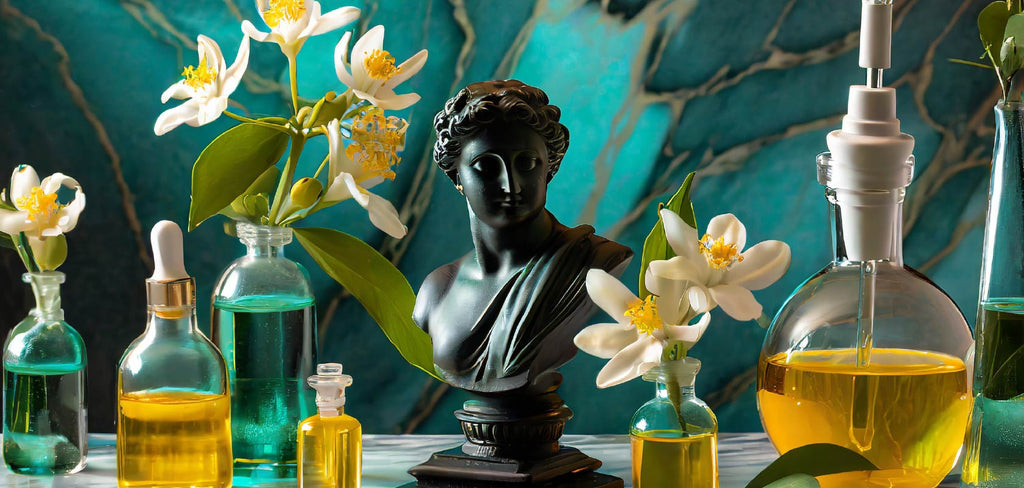
What Molecules are Unique in this Ingredient for its Therapeutic and Scent Profile?
It owes its distinctive scent and therapeutic properties to a combination of unique molecules within its composition. One such molecule is linalool, which contributes to it’s floral and sweet notes. Linalool is not only responsible for the pleasing fragrance but also possesses anti-inflammatory and sedative properties, adding to the oil’s overall therapeutic value.
Limonene, another prominent constituent in neroli, contributes to its citrusy aroma. Researchers recognize limonene for its antioxidant properties and have studied its potential health benefits, including anti-cancer effects. In the orange flower oil, limonene adds a bright and uplifting quality to the fragrance, enhancing its appeal in both perfumery and aromatherapy.
Nerolidol, found in smaller quantities in orange flower oil, is a sesquiterpene alcohol known for its anti-fungal and anti-inflammatory properties. While present in modest amounts, nerolidol contributes to the complexity of the orange flower oil’s scent and adds subtle therapeutic benefits.
Summary: Why is it So Captivating?
In summary, neroli stands as a testament to the delicate artistry of nature and the craftsmanship of perfumery. Its aromatic profile, a harmonious blend of sweet, floral, and citrus notes, captivates the senses and evokes a sense of timeless elegance. Farmers harvest neroli from the blossoms of the bitter orange tree in the Mediterranean, and its origin is steeped in history and tradition.
Perfumers value orange flower oil not only for its enchanting fragrance but also for its versatility. It seamlessly integrates into various perfume blends, enhancing the overall olfactory experience and contributing to the complexity of high-quality fragrances. Beyond its role in the world of scent, neroli offers a range of health benefits, from promoting relaxation and reducing stress to rejuvenating the skin.
The unique molecules within orange flower oil, such as linalool, limonene, and nerolidol, contribute not only to its captivating scent but also to its therapeutic properties. These compounds, each with its own set of benefits, make neroli a holistic ingredient that appeals to both the senses and the well-being of individuals.
In essence, the orange flower oil is more than a fragrance; it is a sensory journey that transcends time and trends. Its captivating nature lies not only in its ability to enhance perfumes or contribute to skincare but in the way it weaves a tapestry of history, tradition, and natural elegance—a fragrant symphony that resonates with the soul.
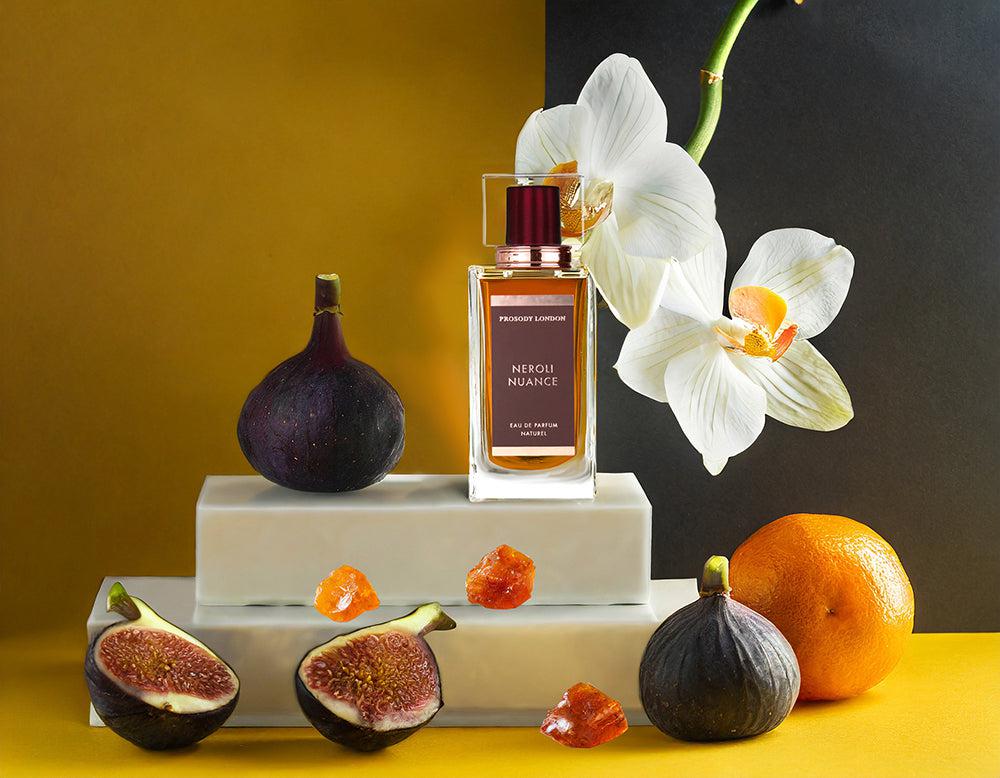
Neroli in Prosody London organic and all natural range
In the delicate poetry of Neroli-Nuance, the orange flower oil dances as a lyrical muse, weaving fragrant verses with its citrusy cadence. The Bebop Allure of Neroli unfolds like a jazz improvisation, a harmonious blend of sweet and floral notes that syncopate with each inhale. In the lissom embrace of Linden, Neroli’s essence whispers through the air, a gentle serenade that caresses the senses with its timeless elegance. Under the whistle moon, Neroli’s fragrance is a nocturnal symphony, a celestial melody that lingers in the air like a delicate breeze.
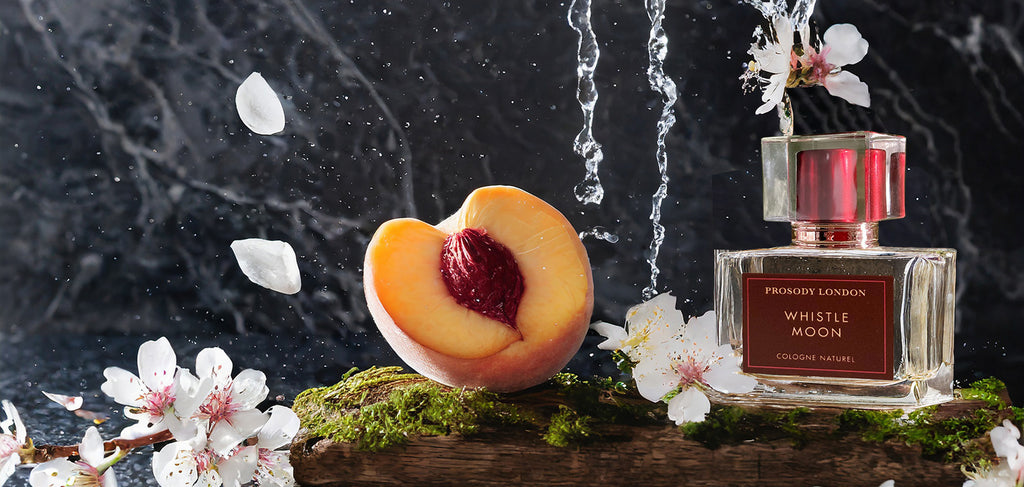
Each poetic line captures the nuanced beauty of orange flower oil, a fragrant sonnet that transcends the ordinary, leaving an indelible mark in the realm of olfactory poetics. What’s more they are all Orgnanic and 100% natural.


